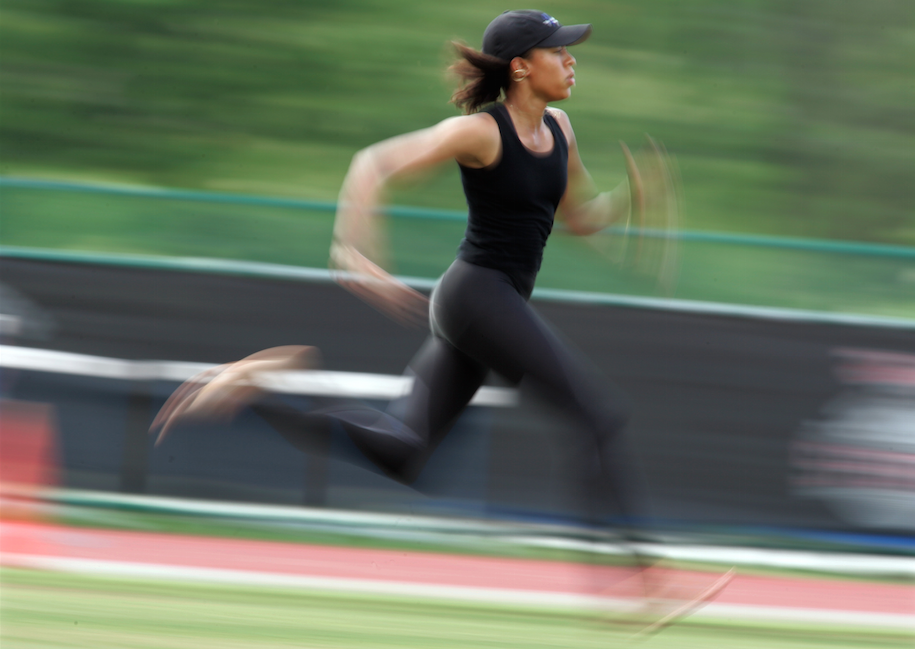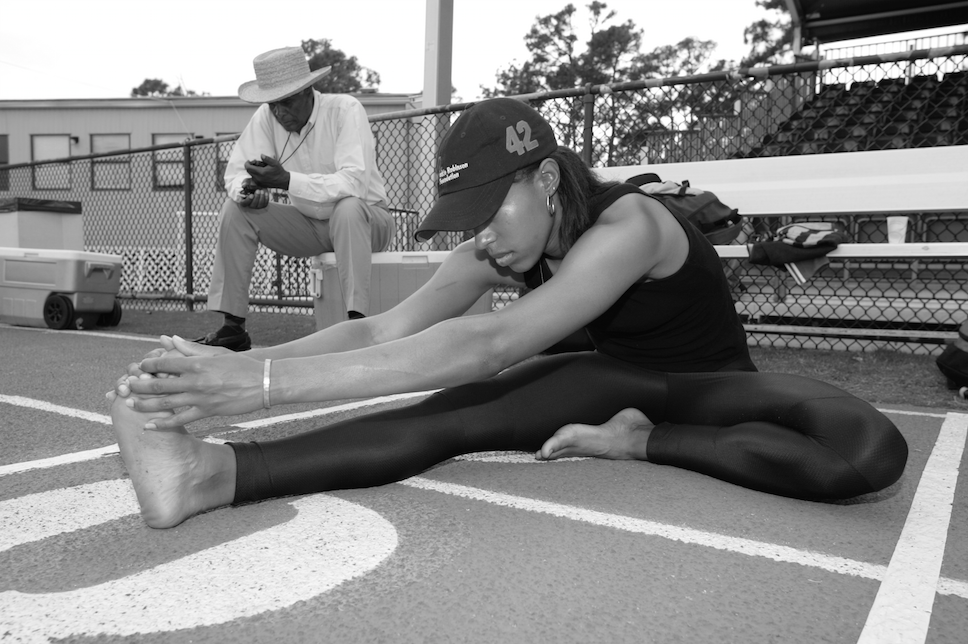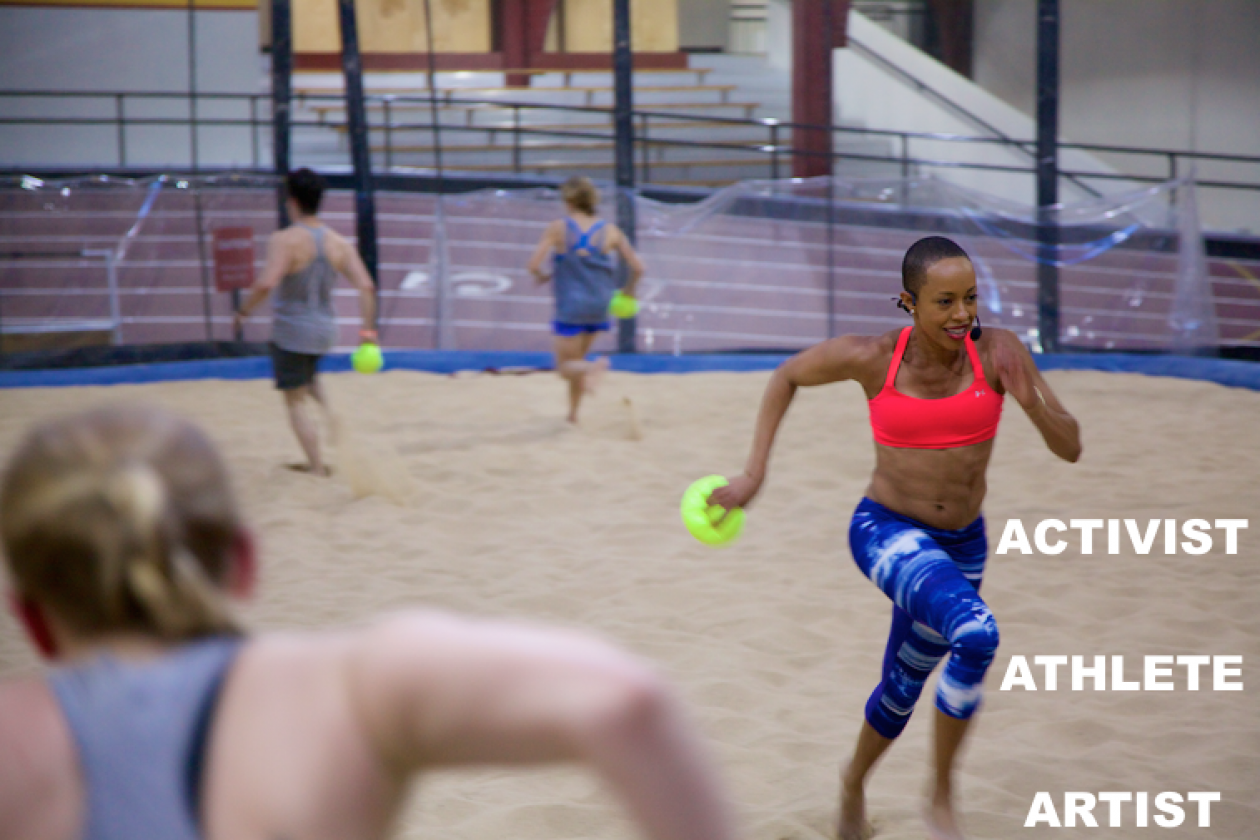My journey to one of the biggest fitness meccas in the world was not direct by any means. Before New York City, I lived in Lake Placid, NY at the Olympic Training Center as a USA Bobsled & Skeleton Federation athlete training in preparation for the Winter Olympic Games. The frigid tundra was about as extreme as those sliding sports and seemingly worlds away from the scorching summer deserts of Arizona where I had become a Professional Golfer years prior. My later-than-normal exposure to the world of professional Track & Field is the athletic tape that holds this story together.

Even before I settled in Arizona, I lived in Orlando, Florida and had the most extreme fortune of cross-training with Jesse Owens Olympic Hall of Fame Coach Brooks Johnson and his team of Olympic and World Champions. Our time together —his analytical coaching, directed mentorship and the elite examples set by my training partners— served to solidify my understanding and love for the marriage of sport, science and athletic performance. I didn’t know then that my speed and sprinting skill would years down the road secure an invitation to join America’s best and fastest in the snow and on the ice.
What does sprinting and speed have to do with golf? Everything. Kinetic sequencing, conservation of angular momentum, maximum velocity. This list continues until acted on by an outside and superior force! All Sir Isaac Newton jokes aside, form and rhythm —the proper sequence of events— is what sets apart the winningest golfers and sprinters alike. The awareness of body, breathing and centeredness can’t be overlooked either; though the former aren’t as sexy as the importance of strong glutes and sound core so desired by athletes and non-athletes alike.

In golf, we strive to create torque. It’s that rotational spring effect created when one’s torso (think core: abdominals and lower back) is disassociated (turns away) from a quiet, and strong, lower body (hips) on the backswing. This is how golfers generate power. In the same way, sprinters generate power and propulsion by means of their hips stability (axis) and legs (radius) speed. Everything comes full circle in the creation of speed and the application of force. Beyond understanding the underlying science and technical skill required for athletic performance, it’s important to acknowledge what else makes elite and professional athletes perform at such high levels.
Tips to train like a pro athlete:
1/ Program Design.
Periodization, for optimum in-season or pre-event performance. Believe it or not, most professional athletes don’t workout for the sake of working out. There is a science behind the timing and modality of the work that we do. Not everything is “all out” extreme strength work all of the time nor is everything is sport-specific.
2/ Support Team.
Sport-specific coaches, strength and conditioning trainers, massage therapists, physical therapists, nutritionists and sport psychologists can all assist in creating well balanced performers. They most-often communicate with each other in the best interest of the athlete.
3/ Inventory.
What’s good? What skills need to be improved? A good notebook or digital tracking system can help an athlete record their programs, recall gains over time and reflect on the process of becoming greater than the season before.
4/ The Little Things.
Often neglected but integral to consistency: proper sleep, lack of stress, non-sport outlet(s), structure/organization, mental health.
5/ Diet and Hydration
Rather than think of what’s being cut out, think about what intake yields maximum performance. Also, depending on the sport, the timing of meals and post-event recovery strategies can prove game changing.
6/ Game Film.
Reviewing footage of games/races/tournaments and analyzing stats. There is no better way to organize improvement strategies. Analytics forever!

